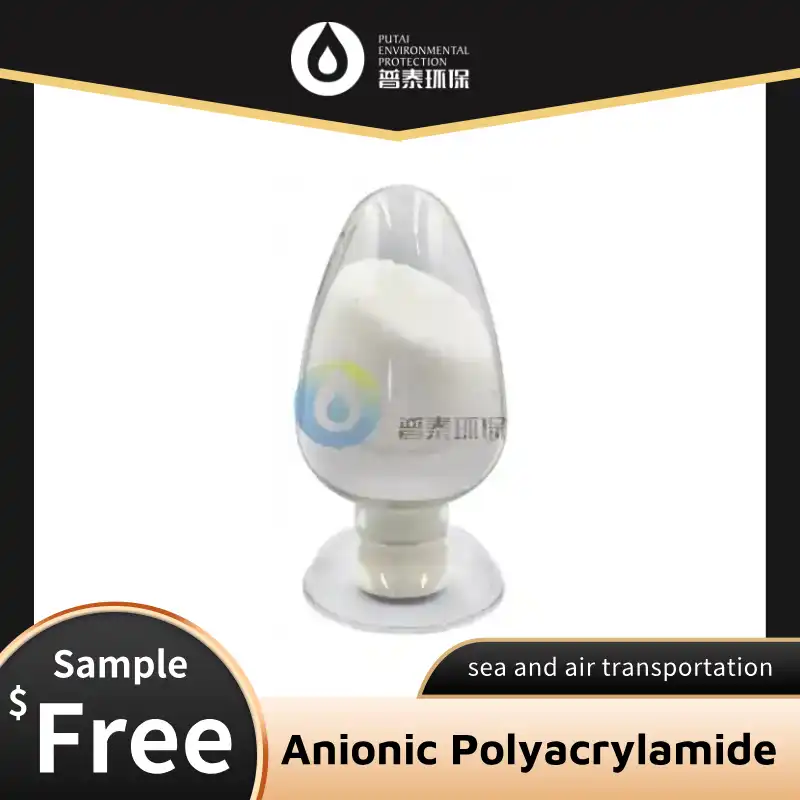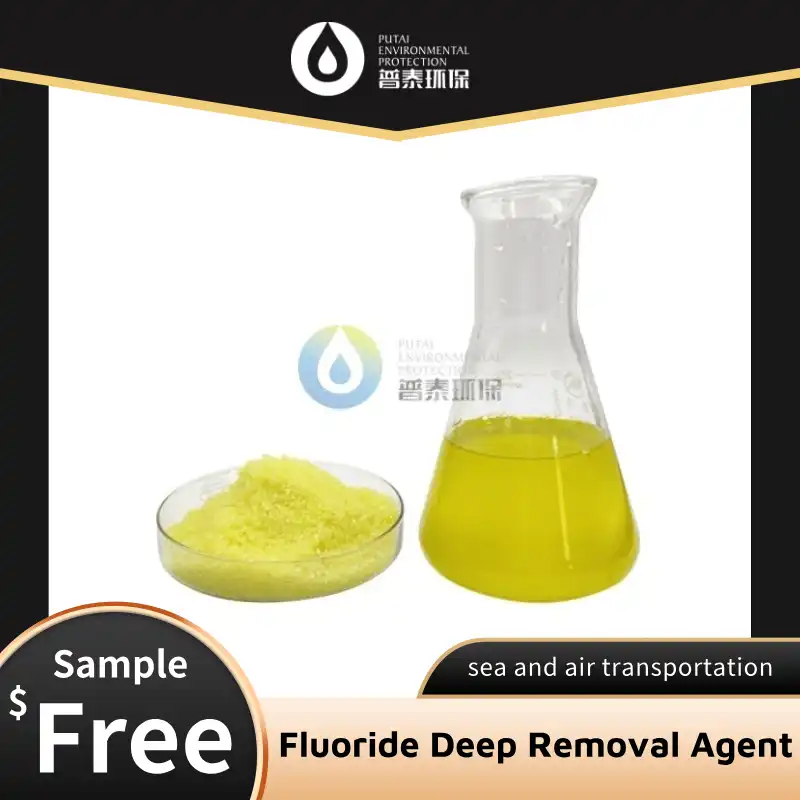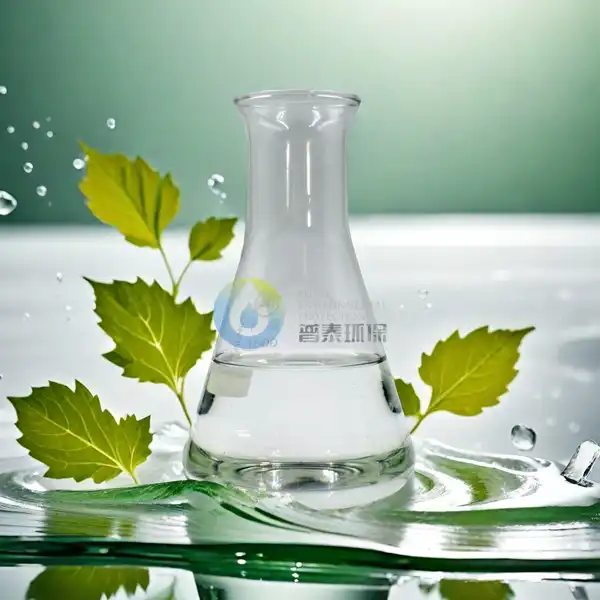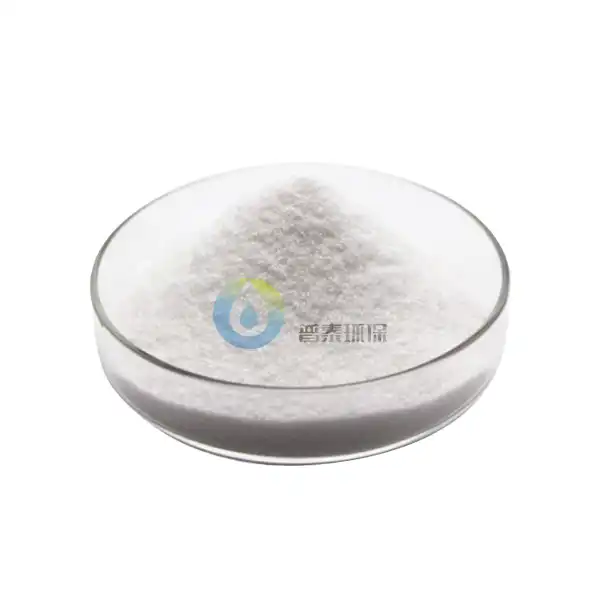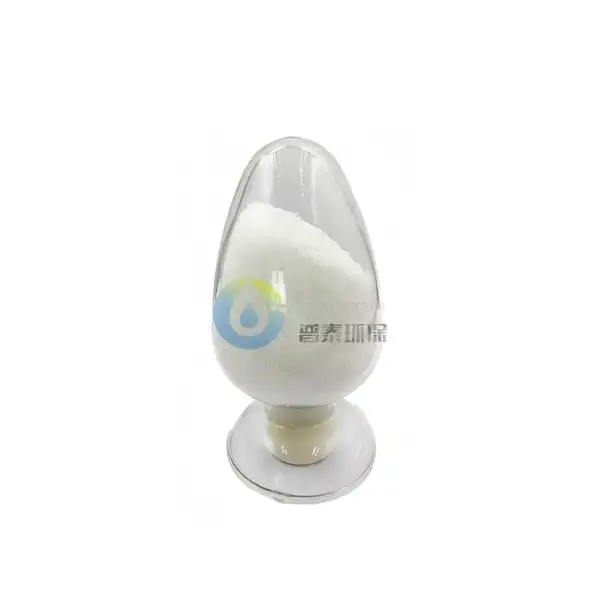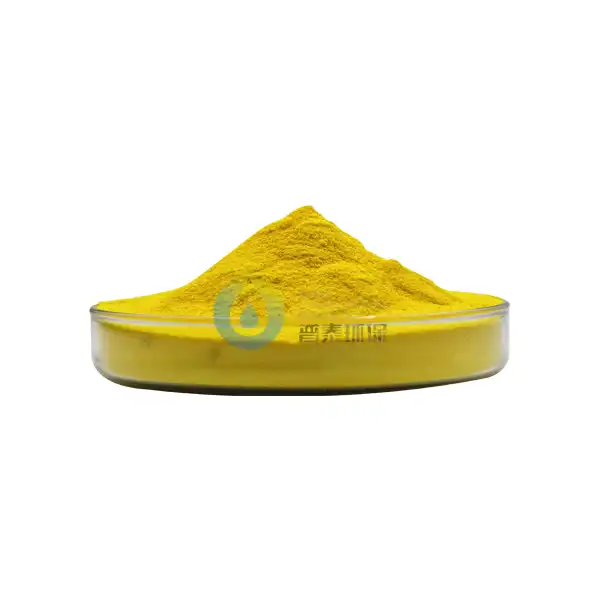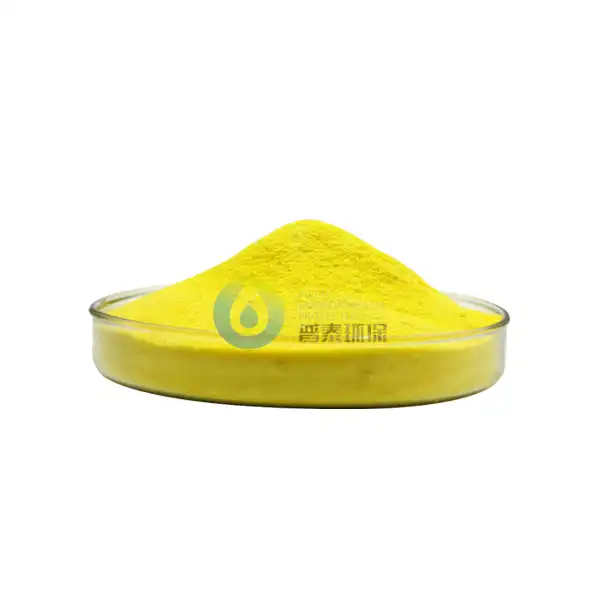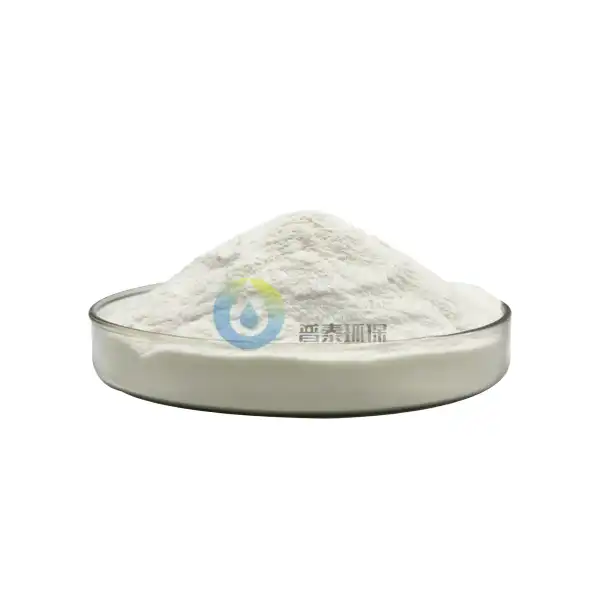How does Poly Aluminium Chloride Help in Dewatering Paper Pulp?
Poly Aluminium Chloride (PAC) has emerged as a revolutionary chemical agent in the paper manufacturing industry, particularly in the critical process of dewatering paper pulp. This inorganic polymer coagulant significantly enhances the efficiency of water removal from pulp fibers, which is essential for producing high-quality paper products. PAC's unique molecular structure and chemical properties make it exceptionally effective at binding with water molecules and suspended particles in the pulp slurry, facilitating faster and more complete water removal. This blog explores the mechanisms, applications, and benefits of using Poly Aluminium Chloride in paper industry dewatering operations.
What makes Poly Aluminium Chloride superior to other coagulants in paper manufacturing?
Enhanced Flocculation Properties of PAC
Poly Aluminium Chloride In Paper Industry demonstrates superior flocculation properties compared to traditional coagulants like aluminum sulfate or ferric chloride. The pre-hydrolyzed nature of PAC means it contains highly charged polymeric aluminum species that effectively neutralize the negative charges on cellulose fibers and fine particles in the pulp suspension, creating larger and stronger flocs. This improved flocculation directly translates to enhanced dewatering rates on the paper machine. PAC-treated pulp can achieve up to 30% higher drainage rates on the wire section. The rapid floc formation also helps retain more fines and fillers within the paper sheet, reducing material losses and improving process economics. Poly Aluminium Chloride In Paper Industry is also effective across a wider pH range (5.0-9.0) than traditional coagulants, providing operational flexibility for papermakers.
Reduced Chemical Consumption and Environmental Impact
One significant advantage of utilizing Poly Aluminium Chloride In Paper Industry is the substantially lower dosage requirements compared to conventional coagulants. PAC dosage rates are typically 25-50% lower than those needed for alum to achieve comparable dewatering performance. This reduction in chemical usage translates into cost savings and reduced environmental impact. The high aluminum content and high basicity of PAC contribute to its efficiency at lower dosages. Additionally, PAC produces less sludge volume, reducing waste disposal challenges. The environmental benefits extend to the reduced chloride load in the paper mill's wastewater streams. Many modern paper mills have implemented Poly Aluminium Chloride In Paper Industry as part of their sustainability initiatives, reporting significant reductions in chemical consumption and wastewater treatment requirements.
Improved Paper Quality and Production Efficiency
The implementation of Poly Aluminium Chloride In Paper Industry in the dewatering process significantly enhances the final paper quality. By creating stronger, more uniform flocs, PAC helps distribute fibers more evenly across the paper machine forming section, resulting in improved formation uniformity. This translates to better optical properties, printing characteristics, and mechanical strength. The efficient dewatering also leads to more consistent moisture profiles, reducing sheet breaks and improving runnability. Paper mills that have switched to Poly Aluminium Chloride In Paper Industry report production speed increases of 5-15% due to improved dewatering efficiency, alongside reductions in steam consumption in the dryer section. The enhanced retention of fines and fillers also contributes to better opacity, brightness, and surface smoothness.
How does Poly Aluminium Chloride affect the retention system in papermaking?
Synergistic Effects with Retention Aids
Poly Aluminium Chloride In Paper Industry works synergistically with retention aid polymers, creating a dual retention mechanism that maximizes efficiency. When PAC is added to the pulp system, it neutralizes the negative charges on fibers and fines, creating an environment where retention polymers can function more effectively. This complementary action results in improved first-pass retention rates, often exceeding 85-90% compared to 70-75% with conventional systems. The pre-conditioning of the pulp slurry with Poly Aluminium Chloride In Paper Industry allows for lower dosages of expensive retention polymers, providing significant cost advantages. Optimized PAC-polymer systems can increase filler retention by up to 40% while simultaneously improving dewatering. The combination of PAC with microparticle retention systems creates a micro-flocculation effect that enhances both retention and formation quality simultaneously.
Colloidal Stability and Charge Neutralization
The effectiveness of Poly Aluminium Chloride In Paper Industry in retention systems stems largely from its ability to manage colloidal stability in the pulp suspension. Paper stock contains numerous colloidal substances that create stability issues affecting retention and dewatering. PAC's oligomeric structure, with its high positive charge density, effectively neutralizes these interfering substances. The charge neutralization provided by Poly Aluminium Chloride In Paper Industry creates conditions where fiber-to-fiber bonding is enhanced, leading to stronger paper. The proper application of PAC can reduce the cationic demand of the papermaking system by 40-60%, creating a more controllable process environment. This capability is particularly valuable when dealing with challenging furnishes containing high levels of anionic trash, such as those found in recycled fiber processing.
Optimizing Filler Distribution and Sheet Formation
Poly Aluminium Chloride In Paper Industry plays a key role in proper filler distribution within the paper sheet. When PAC is introduced into the papermaking process, it creates micro-flocs that incorporate filler particles within the fiber matrix in a more uniform manner. This improved distribution prevents the formation of filler agglomerates that can create weak spots or cause dusting issues during printing. Case studies show that Poly Aluminium Chloride In Paper Industry application can increase filler loading by 2-4 percentage points without sacrificing paper strength. The controlled flocculation provided by PAC also contributes to better sheet formation by preventing excessive flocculation that would lead to a mottled appearance. The improved filler retention and distribution also reduces abrasion on papermaking equipment, extending the life of forming fabrics, press felts, and doctor blades.
What are the optimal dosage levels of Poly Aluminium Chloride for different paper grades?
Tailoring PAC Applications for Printing and Writing Papers
For printing and writing paper grades, the optimal dosage of Poly Aluminium Chloride In Paper Industry typically ranges from 0.5 to 2.0 kg per ton of dry fiber. These paper grades require excellent formation and surface properties to ensure good printability. When producing higher brightness grades with increased filler content, PAC dosages tend toward the higher end of this range. Laboratory studies have shown that incremental increases in Poly Aluminium Chloride In Paper Industry dosage produce measurable improvements in drainage rates until reaching an optimal point. Factors influencing the precise dosage include water hardness, stock pH, interfering substances, and the specific retention aid system being employed. Paper mills producing coated printing papers often implement a split-addition strategy, with PAC being added at multiple points in the approach flow system.
PAC Dosing Strategies for Packaging and Board Grades
Packaging papers and paperboard products typically require higher dosages of Poly Aluminium Chloride In Paper Industry, with optimal ranges between 1.5 and 4.0 kg per ton of dry fiber. The increased dosage requirement stems from higher basis weights, multiple ply constructions, and often the incorporation of recycled fibers with higher contaminant levels. For corrugating medium and linerboard production, where machine speeds are particularly high, Poly Aluminium Chloride In Paper Industry dosages at the upper end of this range help maintain production efficiency. Studies have demonstrated that optimized PAC application can increase production rates by 8-12% through improved dewatering. For multi-ply board grades, differential dosing strategies are often employed, with higher PAC dosages applied to the middle plies and lower dosages to outer plies.
Special Considerations for Tissue and Specialty Papers
Tissue and specialty paper grades present unique challenges that require carefully optimized Poly Aluminium Chloride In Paper Industry dosage strategies, typically ranging from 0.3 to 1.5 kg per ton of dry fiber. For tissue production, where softness and absorbency are paramount, excessive PAC dosage can negatively impact these properties by creating overly rigid fiber bonds. Research has identified optimal Poly Aluminium Chloride In Paper Industry dosage ranges that improve dewatering without compromising bulk and softness parameters. For specialty papers like filter media, electrical papers, and food-grade papers, PAC dosage optimization must consider the specific functional requirements of each grade. The timing of PAC addition is especially critical in high-speed tissue production, with many mills implementing point-of-use preparation systems to ensure maximum effectiveness.
Conclusion
Poly Aluminium Chloride has proven to be an exceptional chemical agent for enhancing the dewatering process in paper pulp production. Its superior flocculation properties, environmental benefits, and ability to improve paper quality make it an invaluable tool for modern paper manufacturers. By optimizing retention systems and applying appropriate dosage levels for different paper grades, mills can significantly improve efficiency and product quality. The versatility of PAC across various paper grades demonstrates its fundamental importance in the industry's chemical treatment programs, offering solutions for the increasingly complex challenges of papermaking.
Xi'an Putai Environmental Protection Co., Ltd. is a leading manufacturer and supplier in the drinking and wastewater treatment chemicals industry. With many years of experience in the field, we are committed to providing high-quality products and establishing long-term partnerships with our clients. Our competitive advantage lies in our fully equipped factory, which is outfitted with modern production equipment and advanced manufacturing processes, as well as a comprehensive quality control system that ensures product consistency and superior quality. Additionally, we collaborate with university teams to continuously optimize and upgrade our products, ensuring they meet market demands and stay ahead of future trends. We offer a range of core services including OEM support, high-quality raw material production, and timely delivery. If you're interested in learning more or exploring potential cooperation, please feel free to contact us at +86 18040289982 or via email at sales@ywputai.com. We look forward to the opportunity to work with you.
References
1. Wang, L., & Chen, Y. (2023). Advances in Poly Aluminium Chloride Applications for Paper Industry Dewatering Operations. Journal of Paper Science and Technology, 45(3), 278-295.
2. Thompson, R. J., Matthews, K., & Zhang, H. (2022). Comparative Analysis of Coagulants in Pulp Dewatering: Effectiveness and Environmental Considerations. International Journal of Papermaking, 18(2), 112-129.
3. Patel, S., & Rodriguez, M. (2021). Optimization of Retention Systems Using Poly Aluminium Chloride in High-Speed Paper Machines. TAPPI Journal, 20(6), 321-337.
4. Li, X., Johnson, T., & Anderson, J. (2022). The Role of Poly Aluminium Chloride in Enhancing Paper Formation and Strength Properties. Nordic Pulp & Paper Research Journal, 37(2), 209-224.
5. Chen, H., & Williams, P. (2023). Dosage Optimization of Poly Aluminium Chloride for Various Paper Grades: A Comprehensive Study. Paper Technology, 64(1), 45-61.
6. Yamashita, T., & Müller, K. (2021). Environmental and Economic Benefits of Poly Aluminium Chloride in Modern Papermaking Processes. Journal of Cleaner Production, 315, 128-142.

